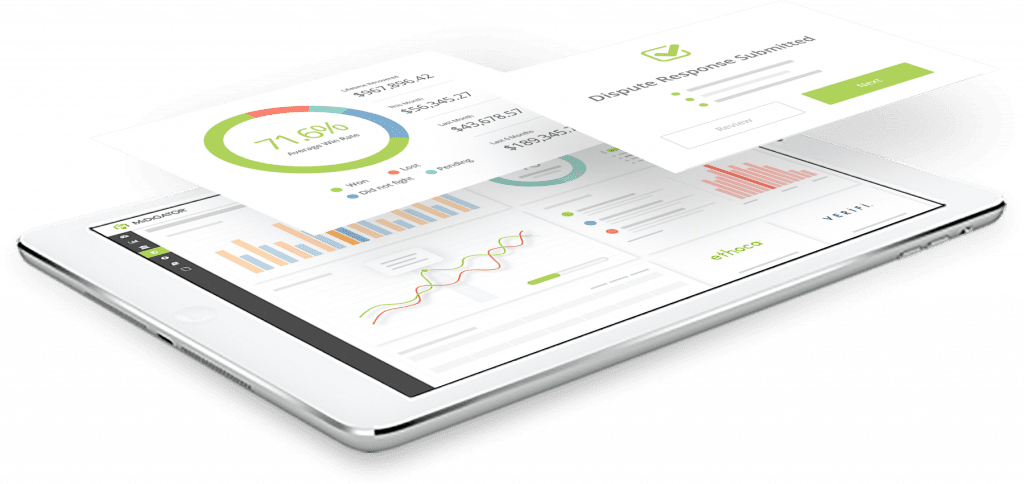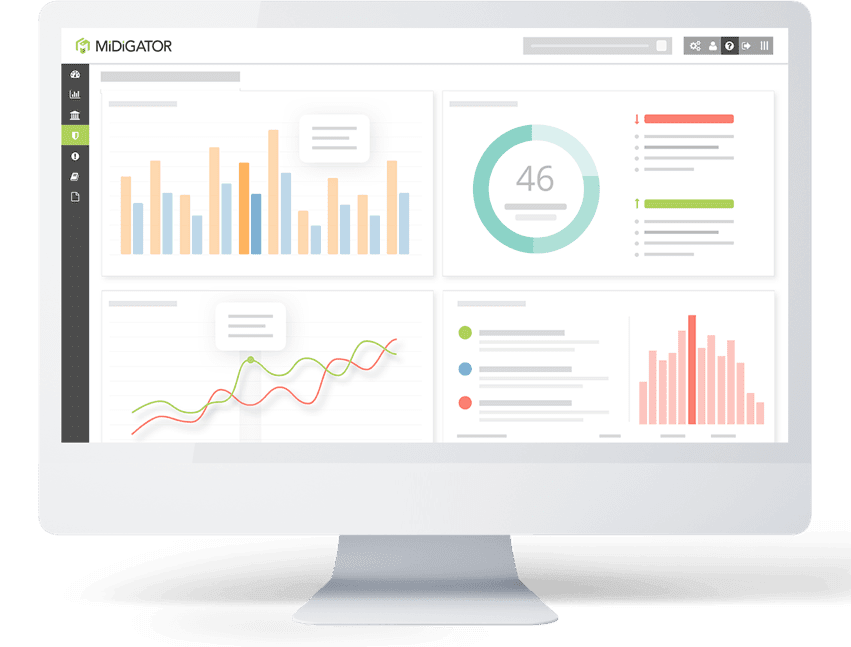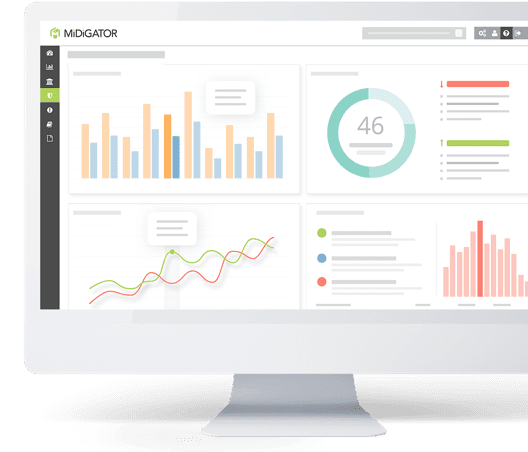TC40 data and SAFE data are terms commonly used by payment experts, but they aren’t widely understood concepts.
If used properly, TC40 and SAFE data can be a helpful fraud prevention tool. But if used incorrectly, you could suffer a lot of unnecessary revenue loss.
1. TC40 and SAFE data is used to monitor fraud.
Fraud is an ever-present concern for cardholders. The card brands (American Express, Discover, Visa and Mastercard) try to protect consumers and manage risk as best they can.
To do that, the brands need to know when fraud happens so they can monitor trends and identify risk factors. So the brands ask issuing banks to record each instance of fraud. When a cardholder claims a transaction wasn’t authorized, the bank collects transaction details about the purchase and shares it with the card brand.
When fraud information is sent to Visa, it is added to the card brand’s TC40 report. Mastercard adds fraud information to the SAFE (System to Avoid Fraud Effectively) report.
2. Banks are required to report SAFE and TC40 data for all cases of fraud, but filing a chargeback is optional.
When a card issuing bank submits SAFE or TC40 data, it is simply noting that fraud was reported. When the bank files a chargeback, it is initiating a process to reverse the transaction in question.
All fraud-related chargebacks should be be found on the SAFE or TC40 report. However, not all SAFE and TC40 reports have corresponding chargebacks.
Why?
The chargeback process is time consuming and expensive. If the expenses associated with filing a chargeback are more than the amount of the disputed transaction, it is usually more cost-effective to skip the process altogether. The bank will simply reimburse the cardholder directly rather than collect the funds from the merchant.
TC40 data collected from 88 merchants and analyzed by Midigator® helps explain this.
- Of all the TC40 cases that did advance to a chargeback or alert, only 3% were less than $8.
- Of all the TC40 cases that didn’t advance to a chargeback or alert, 43% were less than $8.
Of all the transactions that had TC40 data, 11.3% of the fraud cases were resolved with a prevention alert and 63.7% advanced to a chargeback. However, 25% of transactions listed on the TC40 reports didn’t have an alert nor a chargeback.
Again, simply noting a fraud claim doesn’t automatically mean a chargeback will follow.
3. You might be the only one who doesn’t know there is a fraud problem.
SAFE and TC40 data ensures that nearly everyone involved is aware of instances of fraud — everyone except you, the merchant.
When cardholders make fraud claims, the issuing banks collect and submit the fraud notifications to the card networks. The card networks consolidate the information from all issuing banks and then distribute the reports by merchant to the corresponding acquiring banks.
Acquiring banks rarely have an automated system to pass SAFE or TC40 data claim reports along to merchants. You can request this information, but acquiring banks typically do not have an easy way to pass this information along.
If you don’t have access to your fraud data and you aren’t receiving chargebacks for unauthorized purchases (see point #2 above), a fraud problem could grow significantly before it is detected.
4. TC40 and SAFE data can negatively impact your ability to process transactions and may lead to enrollment in a fraud monitoring program.
You probably know what a chargeback-to-transaction ratio is, what the thresholds are for this metric, and what happens if disputes aren’t managed properly.
But you might be less familiar with fraud monitoring programs, the fraud-to-sales metrics, and the role TC40 and SAFE data plays. This unfamiliarity can cause problems.
Visa uses data from TC40 reports to calculate your ratio of fraud to sales dollar amounts and the overall value of all fraudulent transactions. If you exceed thresholds for both of these metrics, you may be enrolled in one of two (standard or excessive) Visa Fraud Monitoring Programs.
5. Learning from past mistakes can help improve future strategies.
Even though it is often difficult to get a copy of your TC40 and SAFE data, you should definitely try. The information these reports contain is valuable for a few reasons.
First, it is important to understand your fraud situation. Since all the other parties involved have access to the data and are using it to form opinions, you should be in the loop too.
Second, the more data poured into a pre-sale fraud tool, the more accurate the screening process will be. Isolating common characteristics of confirmed fraud cases can help detect future threats with greater accuracy.
There are other ways merchants might use TC40 and SAFE data, but those strategies are generally less effective.
6. Timing makes TC40 and SAFE data an ineffective chargeback prevention tool.
There are other ways you might use TC40 and SAFE data, but those strategies are generally less effective.
It may seem like TC40 and SAFE data can help you anticipate and prevent chargebacks. However, other than improving the effectiveness of pre-sale fraud screening, these data reports aren’t always helpful when it comes to chargeback prevention.
Ideally, you would be notified when a transaction is reported as fraud. Then, you could refund the transaction before the bank files a chargeback. However, TC40 and SAFE data isn’t always reported before the chargeback happens.
In fact, issuers can wait up to two months after the chargeback to submit SAFE data to Mastercard. By the time you receive the fraud report and refund the transaction, a chargeback has likely already been initiated — meaning you would issue a double refund.
The effectiveness of using TC40 and SAFE data to prevent chargebacks depends on the goal. If you want a drastic reduction in chargebacks to prevent threshold breaches, then refunding transactions based on fraud data might be helpful. But if optimizing profitability is the goal, then refunding fraudulent transactions probably isn’t the best risk management strategy.
An alternative refund strategy is to use prevention alerts. Like TC40 and SAFE data, prevention alerts notify you when transactions are disputed because of fraud. However, unlike TC40 and SAFE data, prevention alerts are sent in real time. This makes prevention alerts a much more effective chargeback management tool than TC40 and SAFE reports.
Want to Know More about TC40 and SAFE Data?
Payment processing terms can be confusing. But at Midigator, we aim to remove complexities and simplify processes. If you’d like to know more about how TC40 and SAFE data can impact chargeback management, our team is happy to help.













